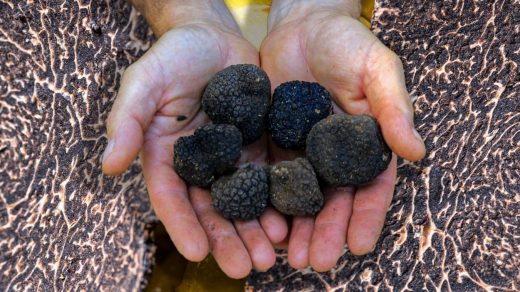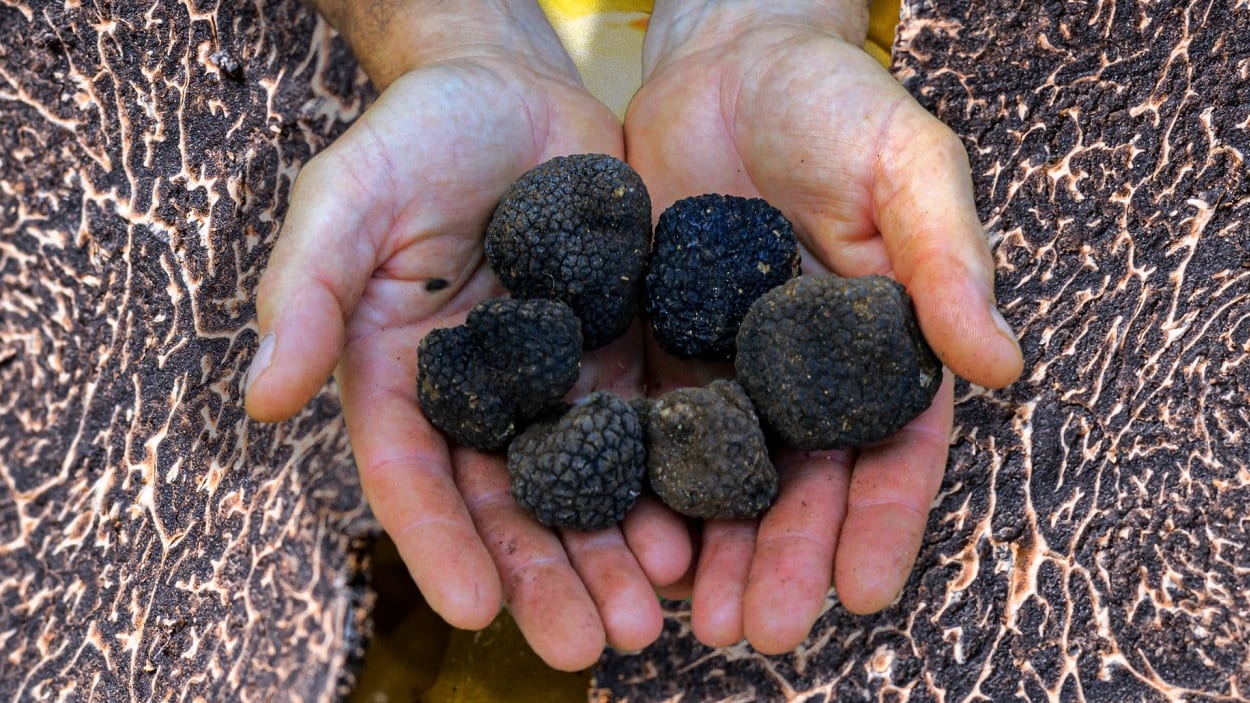Fighting the dark underbelly of truffle fraud: Chemists seek to ID a gastronomic ‘black diamond’
Few foods evoke the vibes of gastronomic delicacy quite like the truffle—the fruiting body of an underground mushroom, so cherished that for centuries farmers have trained armies of truffle-hunting pigs in Europe and North America to sniff out bulbs of wild fungi buried beneath the earth, which can take up to a decade to bloom.
Nicknamed the “diamonds” of the culinary world, truffles can be found (in miniscule portions!) on the plates of the finest gourmet eateries across the globe, where diners pay extravagant prices to taste their exquisite flavors. (A Macao casino mogul once spent $330,000 for a 3.3-pound truffle from Tuscany in a 2007 auction.)
Naturally, the market for truffles has boomed, giving rise to a dark underbelly that resembles the shadowy realm of illegal drugs, where gangs of rival truffle hunters commit fraud, sabotage, or even murder.
But fraud in particular is rampant: Some truffle vendors will purposefully misidentify their goods, passing them off as more commercially valuable varieties. There are, currently, close to 20 types of truffles sold for human consumption; of those, the most prized are grown in Europe, such as the fancy “white” and “black” truffles from orchards in Italy and France. For this reason, the bulk of truffle scholarship—including the scent characterizations and chemical compositions that help identify them—has focused on European species.
Now a study from the American Chemical Society aims to bring a North American truffle into the light. And in doing so, researchers may also have stumbled upon a better understanding of why humans love truffles—which, as scientists have already deduced, is largely due to the mushroom’s rich aroma (commercially, truffles with strong aromas are worth more than those with faint ones).
The study’s authors dissected a species dubbed the “Appalachian” truffle and found that its “volatilome,” or chemical fingerprint, contains 30 different compounds, including a molecule that gives truffle oil its distinctive smell. But beyond that, the most prevalent compounds were described as having strong odors of “garlic,” “fungus,” and even a “cabbage-like, rotten smell” or “rotten seaweed” (yum!).
The authors suggest that their study could not only add to the scholarship that fights truffle fraud but also raise the profile of the humble Appalachian truffle, grown in Quebec, to perhaps even become a North American “black diamond.”
It may be time to invest in a truffle pig—or at least take a trip north for a tasting tour. We hear Europe is so last week.
(17)



